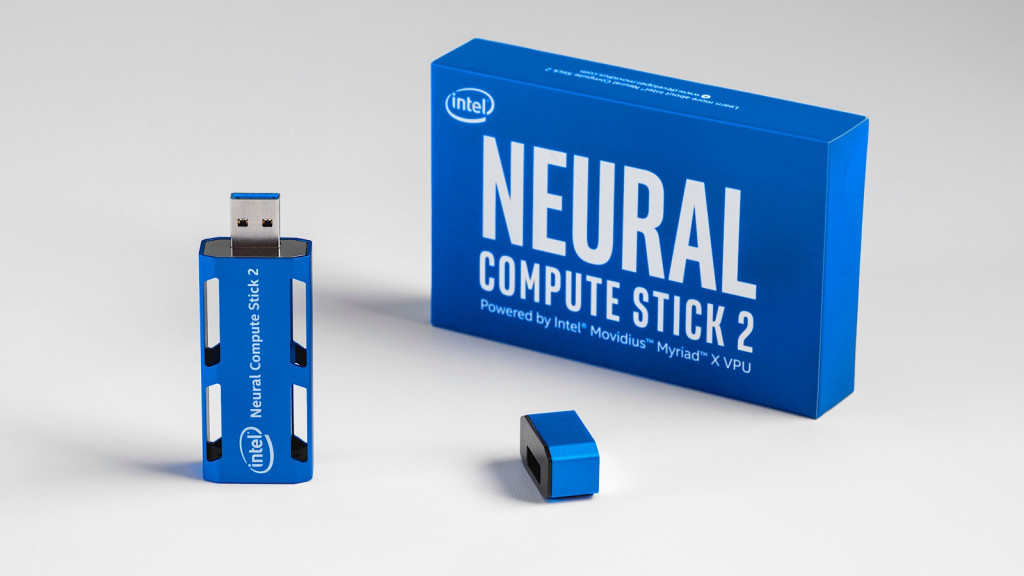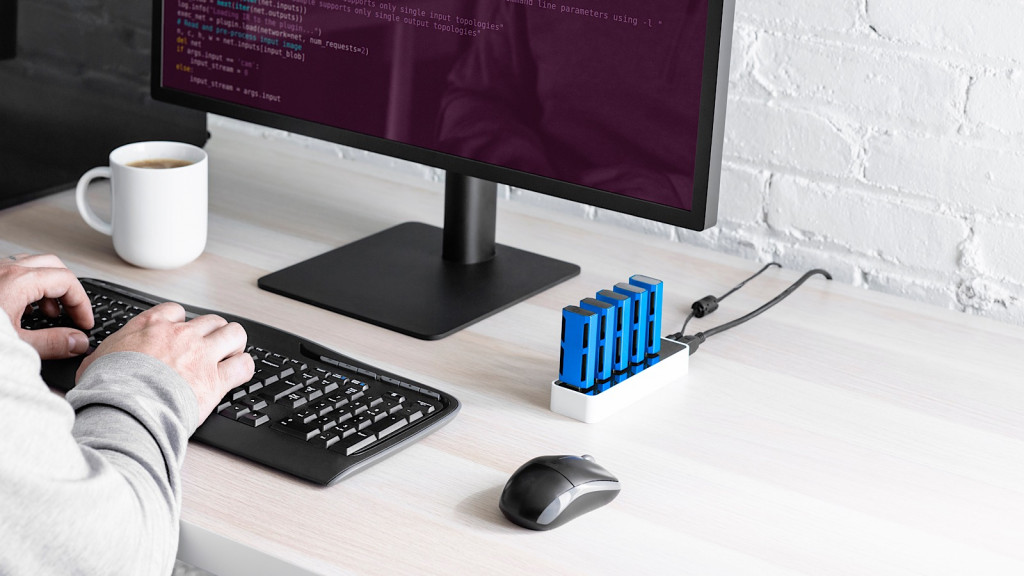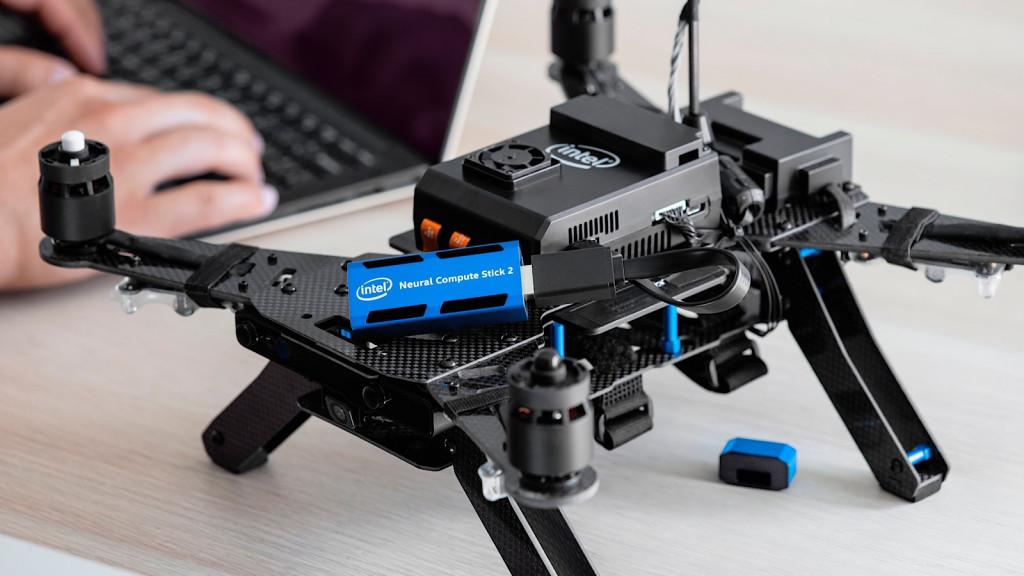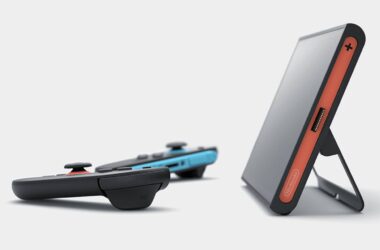Little ideas can be made into big projects, and these days, there’s a good chance artificial intelligence can help. But if you thought you needed a big computer to make it happen, think again.
Science fiction might paint artificial intelligence as something that sees the death of humanity, but it has real potential in our society.
Between its use in phones and computers to self-driving cars, AI is here to stay, and the next generation of inventors and creators are likely going to use it, leveraging machine learning to make their ideas happen .
There is a catch, though: to use AI, you tend to need a fair amount of computer guts. Call it one of the downsides of building for the next big thing, because computer power is a requirement. The smartphone in your pocket may be fast and capable, but it may not be enough to drive an artificial intelligence learning system.
Fortunately, something is coming to help out with that, and it’s small enough to fit in your pocket. It still requires a computer to work, so you’ll need one of those, but you can plug it in, do your work, and let get an AI doing what it’s supposed to do: training its intellect around a concept.
That’s the idea in a rather unique release from Intel this week, as the chip giant releases the AI Neural Compute Stick 2, the second generation of Intel’s small USB thumb drive that is more than just a storage system like your typical thumb drive. Rather, there’s a Vision Processing Unit or “VPU”, a technology Intel has developed to build AI algorithms on and for prototyping computer vision, reliant on Intel’s Movidius Myriad X VPU. Think of this like the CPU — the chip that drives your computer — but built solely for artificial intelligence training, using it to develop and train AI concepts on a computer.
It won’t be for everyone, though we can see young developers that may be foaming at the mouth to try one of these, with Intel’s Neural Computer Stick 2 also featuring a hardware accelerator to get more performance out, as well.
You can call Intel’s AI Neural Compute Stick 2 more of a niche product, because it’s one of those things that won’t be for everyone. In fact, this is for the tinkerer, tweaker, and the developer, and kind of the next level for someone graduating from dabbling with a Raspberry Pi or Arduino who is making their way to a Windows programming world.
Since the original was first released last year, Intel’s AI training platform has been used as an early detection system for skin cancer in the BlueScan AI and for a real-time translation system for American Sign Language into text. And that’s just the start.
What’s more, Intel says its Neural Compute Stick 2 can be multiplied, so if you need more AI power, you can grab several and plug them into a USB hub, kind of like running several extra computers attached to your computer at once.
We stand by our thoughts that this isn’t for everyone, and Intel’s second-gen (and even first-gen) Neural Compute Stick isn’t something that makes a great gift. Rather, it’s for the developer working on a great idea that needs this extra power for an AI they’re working on. That might be you and a big business concept, or it might be a kid in their room moving on from the learning to code stage and planning to change the world with a big idea.
Intel hasn’t released Australian pricing for the Neural Compute Stick 2, but with a USD price of $99, we don’t expect it to be much more than $149 locally when it does land, likely at specialist electronics and computer stores.









